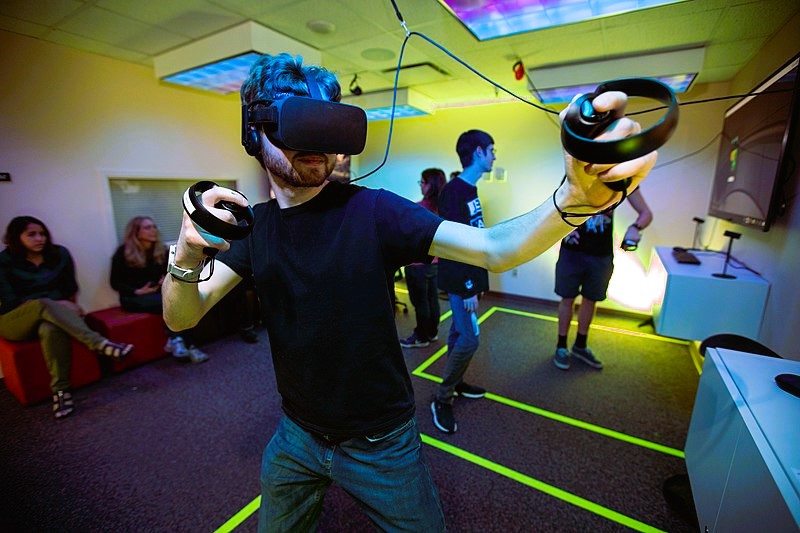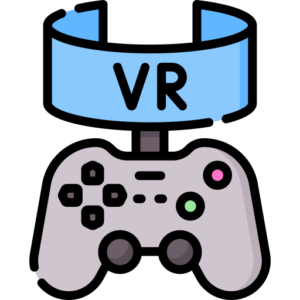Designing a virtual reality (VR) game can be an exciting but challenging endeavor, especially for beginners. VR introduces a new dimension of immersion and interaction that requires careful consideration and planning. In this article, we’ll explore some essential tips and tricks for beginners venturing into the world of VR game design.
1. Understand the Medium
Before diving into VR game design, it’s essential to understand the unique characteristics of the medium. VR offers players a sense of presence and immersion unlike any other platform. Designers should embrace this immersive nature and leverage it to create engaging and memorable experiences.
2. Start Small
VR game development can be complex, so it’s essential to start small, especially for beginners. Focus on creating simple mechanics and experiences that showcase the potential of VR without overwhelming yourself with a large-scale project. As you gain experience and confidence, you can gradually expand your projects.
3. Prioritize Comfort

Comfort is paramount in VR game design. Motion sickness and discomfort can quickly ruin the player experience, so it’s crucial to prioritize comfort when designing your game. Minimize sudden movements, avoid rapid camera changes, and provide options for players to adjust settings like movement speed and field of view.
4. Design for Scale
One of the unique challenges of VR game design is designing environments and interactions that feel appropriately scaled. Pay close attention to the size and proportions of objects and characters to ensure they match the player’s perspective. Test your game regularly in VR to gauge the sense of scale and make adjustments as needed.
5. Embrace Interactivity
Interactivity is at the heart of VR gaming. Unlike traditional games, VR allows players to interact with objects and environments in a more intuitive and immersive way. Design your game with interactivity in mind, providing opportunities for players to manipulate objects, solve puzzles, and explore their surroundings. Read about creating an exciting environment in VR games in our article.
6. Optimize Performance
Performance optimization is critical in VR game design to ensure smooth and comfortable gameplay. Pay attention to factors like frame rate, rendering quality, and asset optimization to maintain a consistent and responsive experience. Test your game on different VR hardware to ensure compatibility and performance across a range of devices.
7. Focus on Accessibility
Accessibility is essential in VR game design to ensure that your game can be enjoyed by the widest possible audience. Consider factors like locomotion options for players with motion sickness, customizable controls for players with disabilities, and subtitles or text alternatives for players with hearing impairments.
8. Iterate and Test

Iterative design and testing are key components of successful VR game development. Continuously iterate on your designs based on player feedback and testing results to refine and improve the gameplay experience. Conduct regular playtests with a diverse group of players to identify potential issues and areas for improvement.
9. Leverage Sound Design
Sound design plays a crucial role in VR game immersion. Use spatial audio techniques to create a sense of presence and depth in your virtual environments. Pay attention to environmental sounds, interactive audio cues, and positional audio effects to enhance the player experience.
10. Tell a Compelling Story
Finally, don’t forget the importance of storytelling in VR game design. A compelling narrative can elevate the player experience and provide context and motivation for their actions. Whether through environmental storytelling, scripted events, or interactive dialogue, strive to create a memorable and immersive narrative experience.
By following these tips and tricks, beginners can navigate the complexities of VR game design and create compelling and immersive experiences for players to enjoy.
For more information on virtual reality gaming, visit Wikipedia, IGN, or Fandom.


